Over the past few years, Buy-Now-Pay-Later (BNPL) services have become increasingly popular. At first, people used them mainly to finance tech gadgets or fashion purchases. However, in 2025, there’s a noticeable shift—consumers are now using BNPL for everyday essentials, including groceries, gas, and even utility bills.
This shift raises important questions: Is this a helpful financial tool or a dangerous habit? Let’s dive deeper into why BNPL for essentials is rising, how it works, and what it means for your personal finances.
🛒 What Is BNPL and How Does It Work?
BNPL, short for Buy-Now-Pay-Later, allows consumers to make a purchase and pay it off in small, often interest-free installments. While traditional credit cards require minimum payments plus interest, BNPL offers a short-term loan that breaks up the total cost into equal parts.
For example, when checking out at a store or online, you may be offered a payment plan like “Pay $25 now and the rest in three more installments”. Services such as Affirm, Klarna, Afterpay, and PayPal Pay Later have made this model extremely accessible.
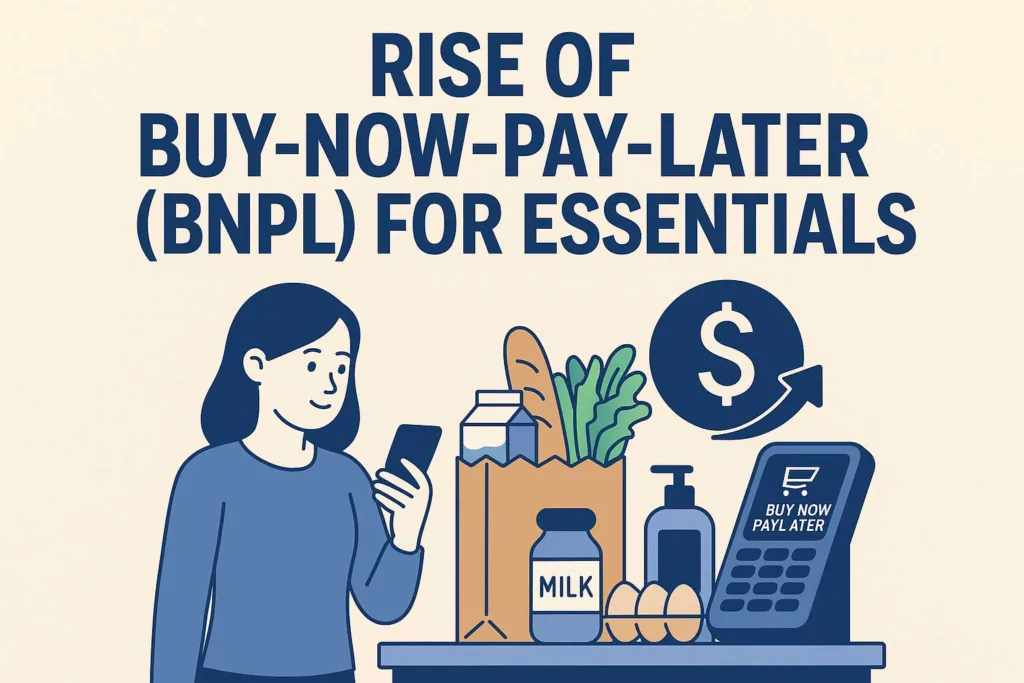
🔼 Why the Shift Toward Essentials?
Initially used for big-ticket items, BNPL is now expanding into the essentials category. In fact, recent data suggests that nearly 30% of BNPL users in the U.S. now rely on it for grocery shopping, gas, and daily expenses.
So, why this change?
- Rising Inflation: As food, energy, and housing costs increase, many Americans are struggling to cover basic needs.
- High Credit Card Rates: With average APRs above 20%, people are looking for alternatives to traditional credit cards.
- Easy Access: BNPL platforms integrate seamlessly with checkout pages, making it simple to split costs instantly.
✅ Benefits of BNPL for Essentials
1. Improved Cash Flow
One of the biggest advantages is better cash management. Instead of paying the full amount at once, you can spread out your grocery or fuel payments, easing your monthly budget.
2. No Interest (Sometimes)
If paid on time, most BNPL services don’t charge interest. Therefore, this method can be more affordable than using a high-APR credit card.
3. Quick Approval
Unlike personal loans that require paperwork, BNPL approvals are instant and require no credit check in many cases.
⚠️ Risks to Consider
Although BNPL sounds attractive, there are downsides to be aware of.
1. Over-Spending
Because it feels like you’re not paying immediately, it’s easy to overspend on things you don’t need.
2. Late Fees
Missing payments can lead to hefty late fees, and some services report missed payments to credit bureaus, which can hurt your credit score.
3. Lack of Consumer Protections
Traditional loans come with federal protections. However, BNPL platforms may not always offer the same level of dispute resolution or transparency.
🧭 When Is BNPL a Good Idea?
BNPL can be a helpful option if you’re disciplined and only use it when absolutely necessary. For example:
- When buying medicine or groceries and you expect income within weeks.
- When you’re in between paychecks and need a short-term buffer.
- If you want to avoid credit card interest but still need flexibility.
Still, for long-term needs, consider other options like small personal loans or trusted loans in the US that offer longer repayment terms and more protections.
🛠️ Comparison Table: BNPL vs Credit Cards vs Personal Loans
| Feature | BNPL | Credit Cards | Personal Loans |
|---|---|---|---|
| Interest Rate | 0% (if paid on time) | 15–25% average | 6–30% (depending on credit) |
| Credit Check | Often not required | Usually required | Required |
| Payment Flexibility | 4–6 installments | Revolving balance | Fixed term |
| Consumer Protection | Limited | Strong | Moderate |
| Best For | Short-term purchases | Ongoing expenses | Debt consolidation, large expenses |
🔗 Internal Links
- How to Qualify for a Personal Loan in the US
- Hidden Costs of Personal Loans: What Lenders Don’t Tell You
- Trusted Personal Loan Providers in 2025
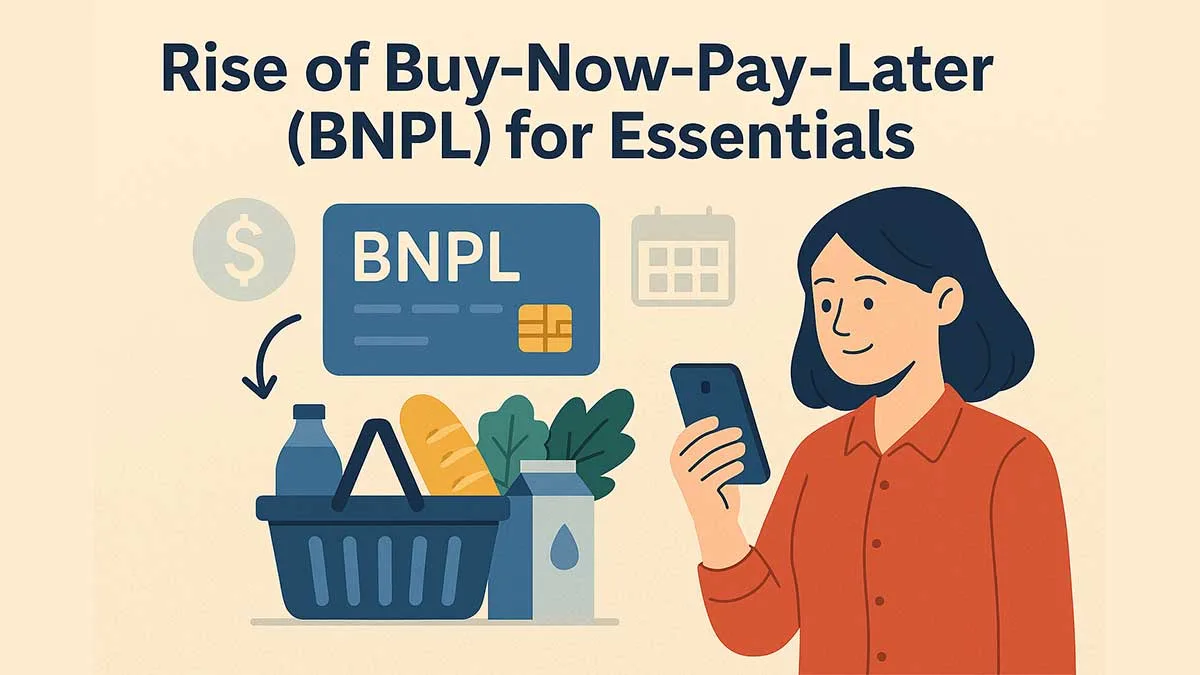

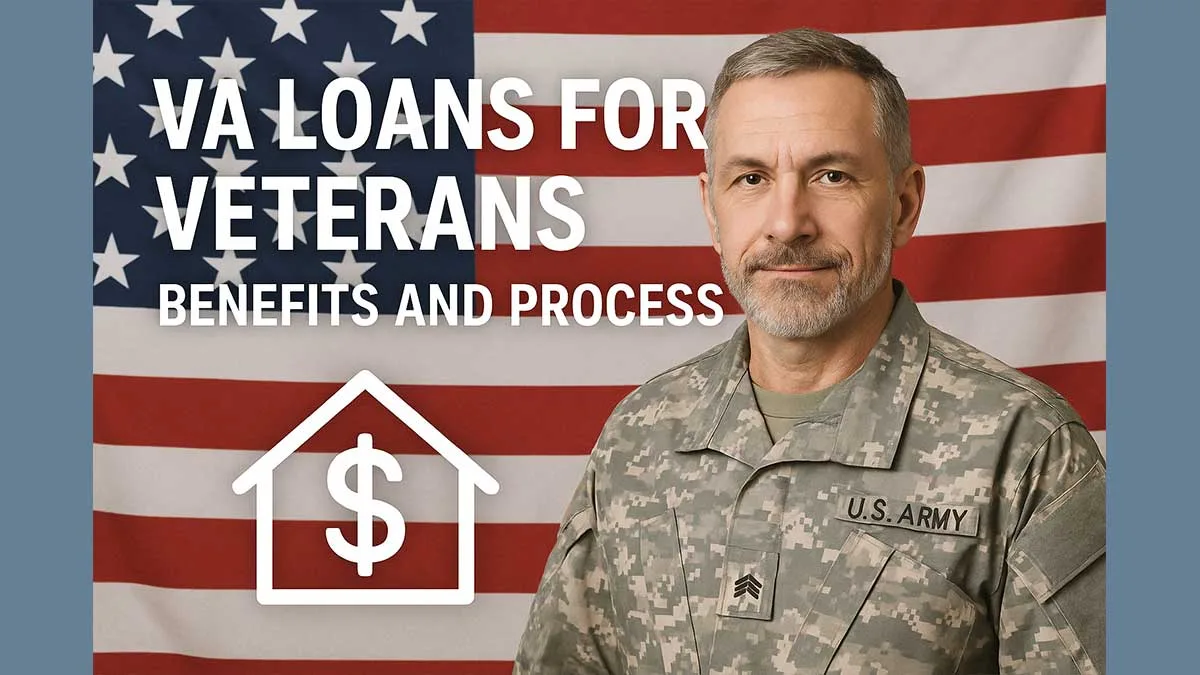
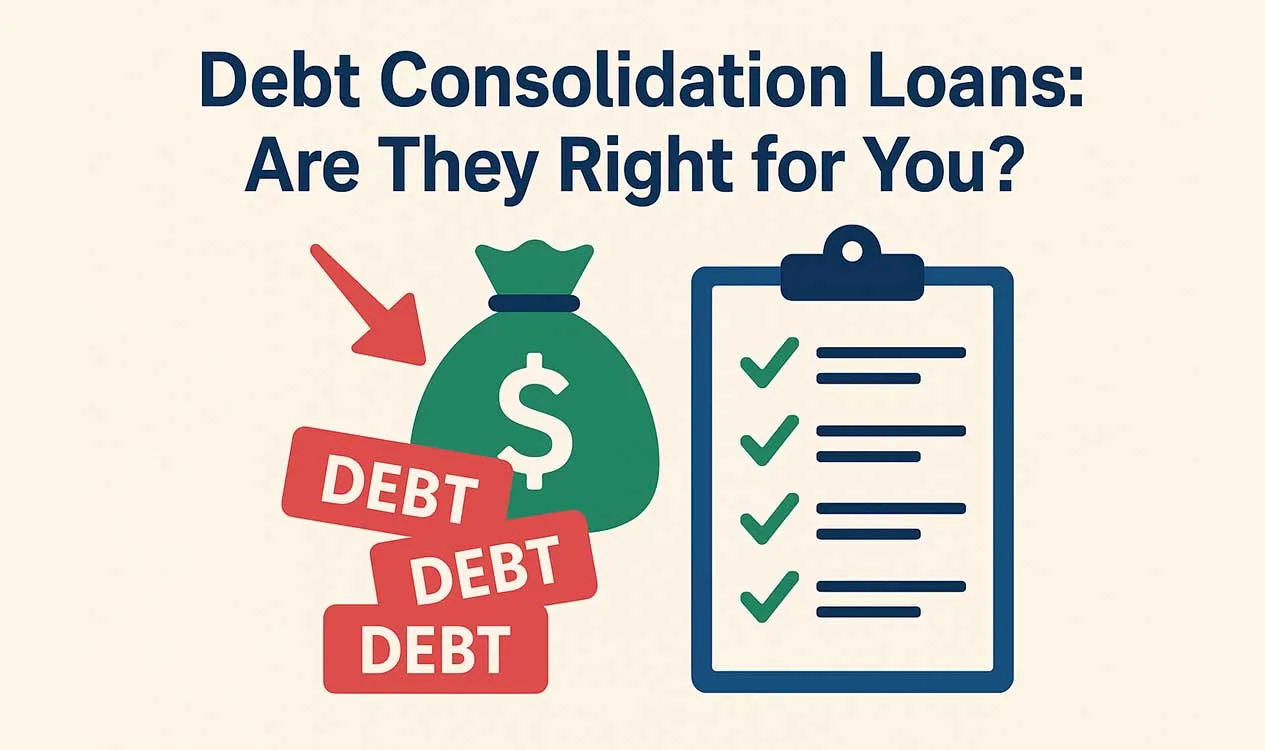
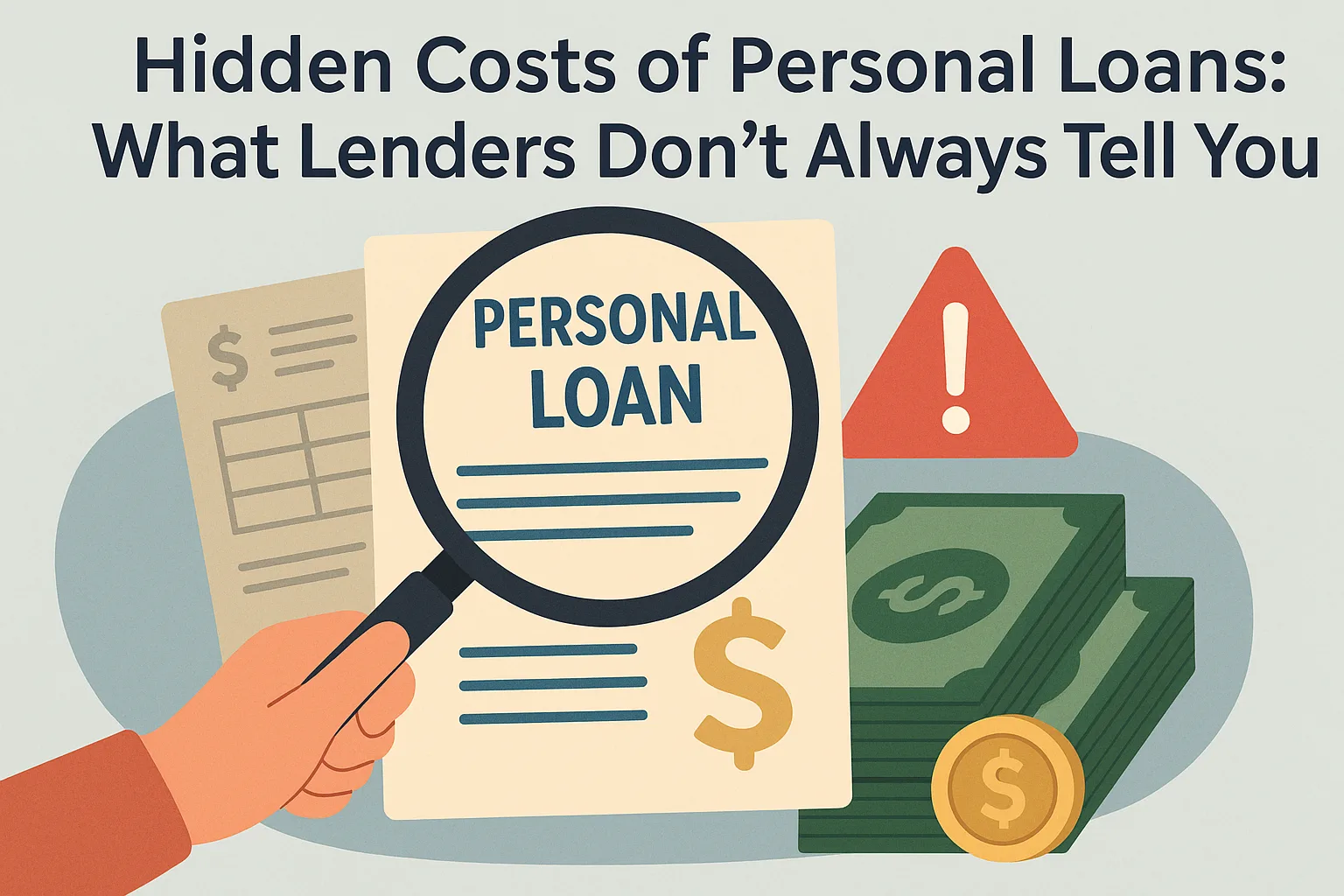
Leave a Reply